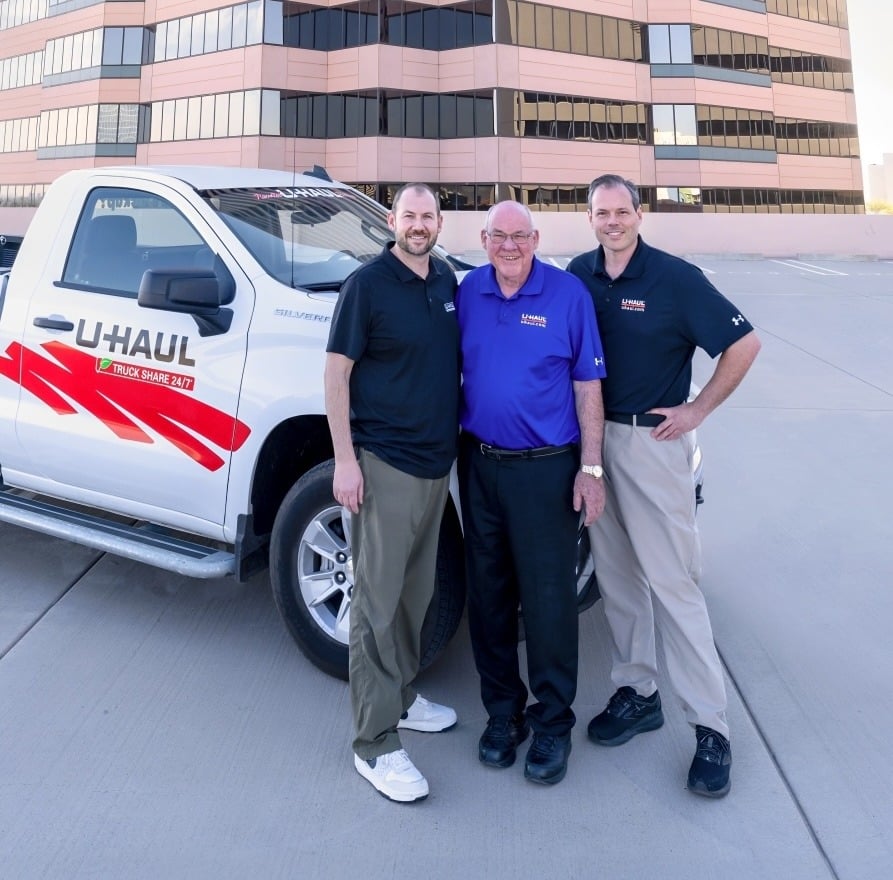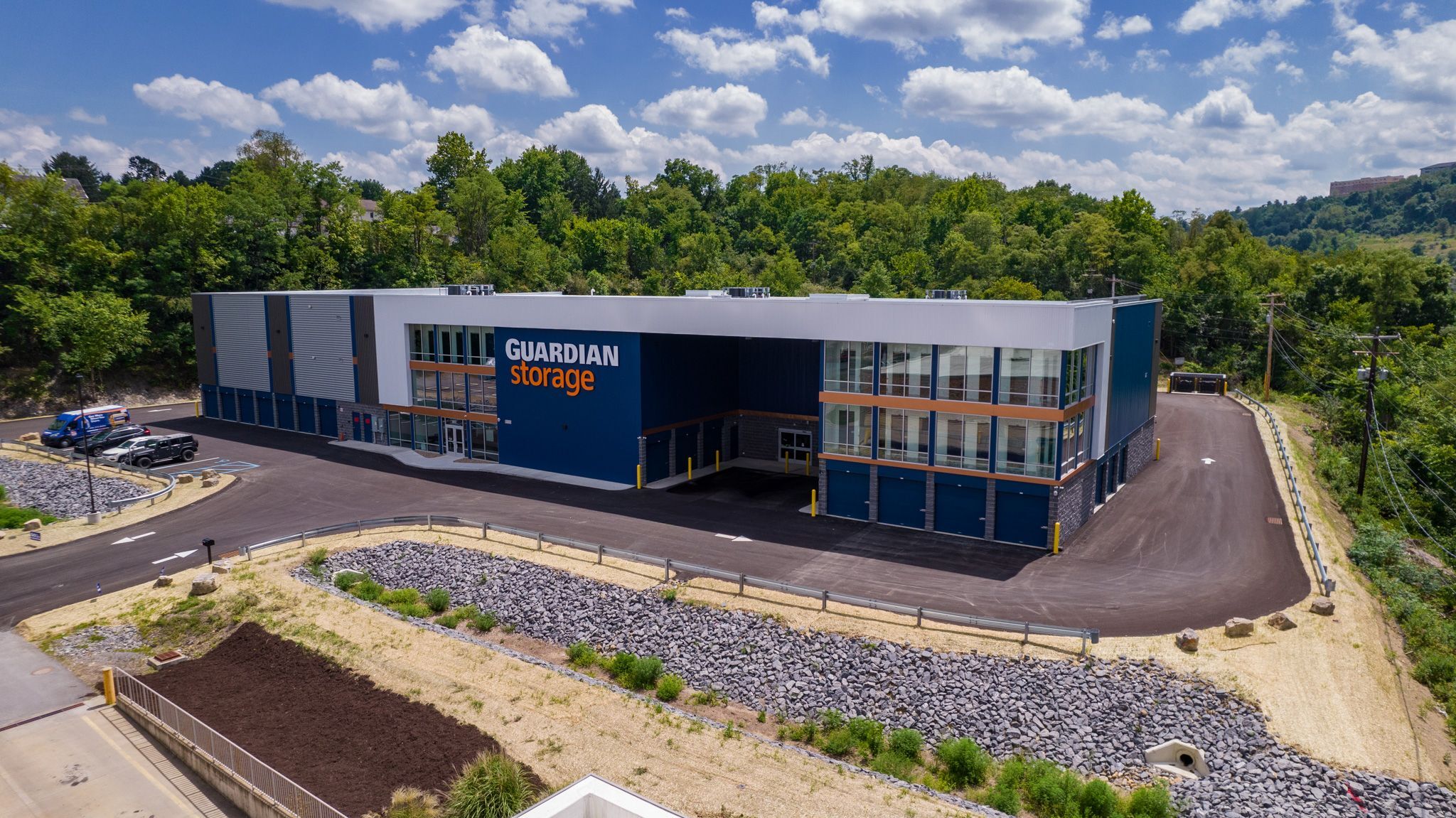The Last Word: Pete Frayser, Janus International Group
Combating Break-Ins
In our industry, few issues can damage the reputation of a facility or brand as swiftly and severely as unit break-ins and theft. Theft is an unfortunate reality in our industry, and once a facility has dealt with a break-in—or worse yet, a string of break-ins—the reputational damage can be extremely difficult to combat. These incidents often lead to negative reviews and possibly unfavorable news coverage, making it more challenging to maintain rental rates and regain tenants’ trust. In extreme cases, securing a facility that has experienced multiple break-ins may require costly, round-the-clock, on-site security. From a broader perspective, when multiple break-ins occur within a market, the entire industry may come under attack by municipalities and residents, who could begin to view self-storage facilities as hotspots for criminal activity.
Understanding the most common methods of unit break-ins is essential to proactively mitigating these security risks. The three most reported techniques used to break into a unit are: cutting or defeating locks or hasps, kicking in or prying the bottom of the door open, and climbing over or cutting the side panel to access the adjacent unit. These techniques are popular because they require minimal skill and can be executed with common tools such as bolt cutters, rope, or wire clips.
How can owner-operators practically and proactively combat these break-in strategies? To combat these threats effectively, selecting the right door and security features is crucial. Consider doors with anchored guides, wind clips, and reinforced bottom bars, which can be added to new doors or retrofitted in the field to enhance resistance against prying or kicking attempts. Additionally, robust smart locks equipped with built-in thermal motion sensors can potentially mitigate risks as well. These smart locks not only offer reinforced hasps and protection against lock cutting but also include positional sensors and thermal motion sensors that can detect if a door is opened manually or if an unauthorized person attempts to access a unit through an adjacent unit. Storelocal protection reported 95 percent fewer break-in claims with smart units when compared to traditional units with hasps and padlocks, highlighting the effectiveness of these advanced security measures.
With enhanced security door options and smart locks with motion sensors available for both new construction projects and retrofits to existing doors, owner-operators now have advanced tools to combat common break-in methods facing our industry.
By investing in these security measures, facilities can actively seek to reduce the risk of break-ins, protect their reputation, and ensure the safety and trust of their tenants.
–
Pete Frayser is the Chief Commercial Officer of Janus International Group
More Content
Popular Posts
The self storage industry is in a precarious...
Like its name implies, Surprise, Ariz., a...
Joe Shoen has had enough.
Joe Shoen, CEO of U-Haul, has had enough.
In a record-breaking deal finalized May 12,...
Senate Bill 709 (SB709) has many in the...
Donald Trump has just reclaimed the White...
Self-storage operators wear a lot of hats....
The question of “abandonment” of stored...
In 1992, Clinton strategist James Carville...
Recent Posts
Occupancy data is arguably the hardest data...
With a commanding presence at 3517...
When Neville Kennard left for a work trip to...
Self-storage software is no longer...
The self-storage industry continues to...
Fires in California. Tornadoes in Kansas....
From policy pivots in Ottawa to tariff...
Self-storage operators have struggled to...





















